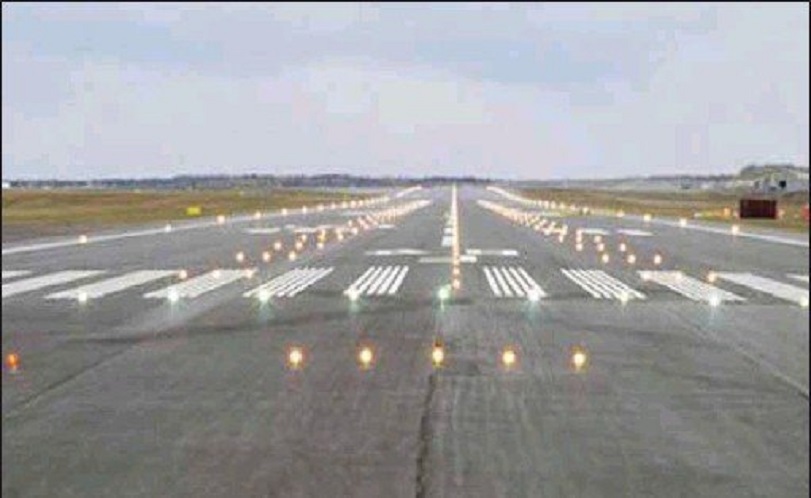Lagos domestic runway: How Airlines will save billions
Airline operators in the country are set to heave a sigh of relief as the Federal Government is set to inaugurate the AirField Lighting for the domestic runway (18L/36R) of the Murtala Muhammed International Airport (MMIA), Lagos this month. Daily Trust reports that the Federal Airports Authority of Nigeria (FAAN) had shut down the runway […]

Airline operators in the country are set to heave a sigh of relief as the Federal Government is set to inaugurate the AirField Lighting for the domestic runway (18L/36R) of the Murtala Muhammed International Airport (MMIA), Lagos this month.
Daily Trust reports that the Federal Airports Authority of Nigeria (FAAN) had shut down the runway since July 8 for the installation of the runway lighting.
- FAAN moves to stem incursion in airport runways
- Lagos airport runway: We’ll extend 90-day deadline if need arises – FAAN
The runway 18L/36R had been without the AFL for the past 13 years amidst grumbling from airline operators as evening flights land at the international wing before taxiing to the domestic.
However, FAAN is on the verge of completing the installation.
President of Aircraft Pilots and Owners Association, Dr. Alex Nwuba said the installation would enable airlines to save billions in cost of operation.
He said, “It reduces waiting times in approach and landing, improves departure times both of which will reduce cost of operation, given the additional time in ground to 18R. It will improve operating hours with reduced taxi times.”
Aviation analyst, Mr. Olumide Ohunayo, said the completion of the domestic runway would “relieve everyone not only the airlines even the Air Traffic Controllers, their stress would be reduced because they now have two runways and can easily depart and give start up to aircraft and clear them for landing easily and more frequently. That is for ATCs.
“Again, you expect there is going to be savings from fuel for the airline from what they used to taxi from the international runway and wait before they get to park, such fuel is now saved. Airlines may need to increase aircraft sizes due to the time their aircraft might be on ground.”
Aviation consultant, Babatunde Adeniji ,observed that reducing the taxiing time for aircraft on ground would help a great deal in saving cost of operation.
He said, “Airlines survive and thrive based on the ability to optimise three factors – Unit cost,Yield and load factors.
“As a key facility for aircraft movement the runway will increase capacity which will offer them the opportunity to operate more flights per time safely, efficiently and economically.
“This will impact Unit cost by driving it downwards just by reducing the times spent taxing ,taking off and landing ,and enable better use of their assets and people by offering more flights network wide.
“The load factor can increase as a result with the increased flexibility to time and operate more flights to meet passenger demand. Hopefully the yield will improve as they exploit these situations maximally.”
Three weeks ago, Managing Director of FAAN, Capt. Rabiu Yadudu, said the project was 90 percent complete.
